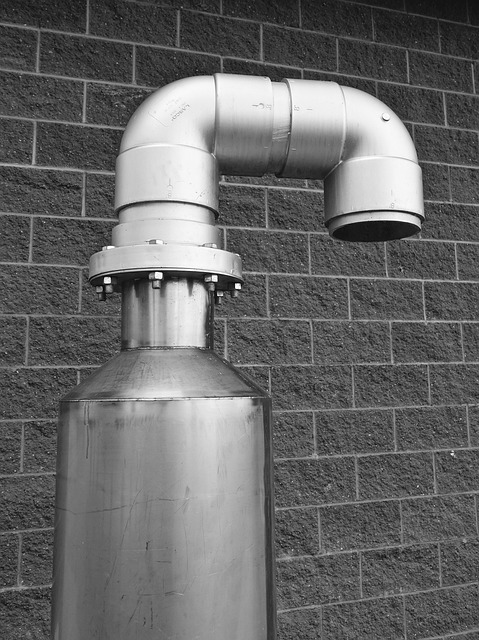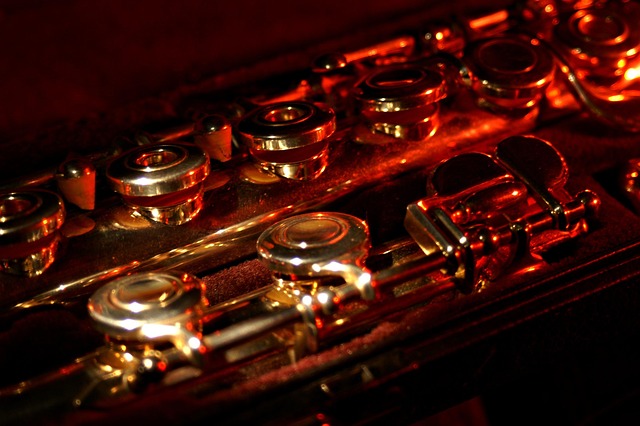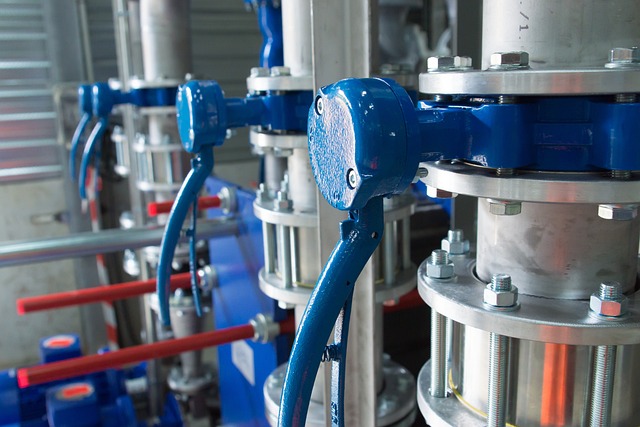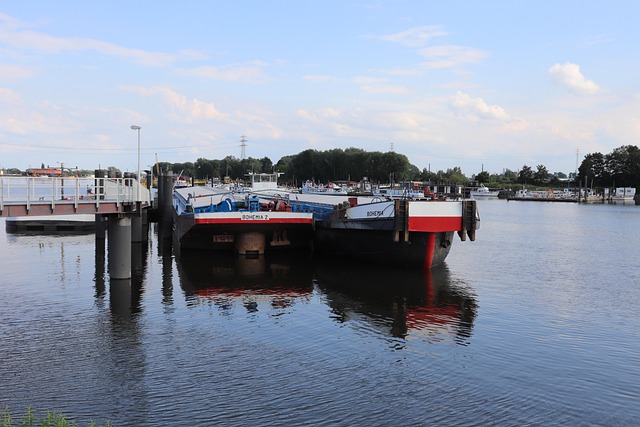Fire departments now have a powerful tool in their arsenal thanks to the Dome Clamp Training Simulator Kit, which revolutionizes hazardous materials (hazmat) response training. This kit includes advanced props like the MC306 clamp unit, hazmat dome simulation, and emergency valve dome prop, providing firefighters with a safe environment to practice securing dome clamps without risks. By using these realistic simulators, first responders improve their skills, boost preparedness for real-world incidents, and minimize hazards associated with hazardous chemical scenarios, ultimately leading to more effective containment and decontamination efforts in urban hazmat sites globally.
“Fire departments worldwide are recognizing the critical need for specialized training in dome clamp operations. This article explores an innovative solution: the MC306 Clamp Training Unit and its accompanying Hazmat Dome Simulation Props. These tools offer a realistic, controlled environment for firefighters to practice sealing emergency valves with lid-tight dome clamps.
From understanding the training gap to real-world applications, we delve into why the firefighter dome clamp simulator is transforming emergency response readiness.”
- Understanding the Need for Fire Department Clamp Simulator Training
- Key Components of a Dome Clamp Training Simulator Kit
- Benefits of Using a MC306 Clamp Training Unit
- Incorporating Hazmat Dome Simulation Props in Training
- How to Set Up an Effective Firefighter Dome Clamp Simulator
- Real-World Applications and Success Stories
Understanding the Need for Fire Department Clamp Simulator Training

In the high-pressure world of fire fighting, proper training is paramount to ensure safety and efficacy. One critical skill that requires meticulous practice is the use of dome clamps, particularly in hazardous materials (hazmat) scenarios. Traditional training methods often involve hands-on practice with real equipment, which can be risky and costly. This is where the Fire Department Clamp Simulator Training Kit steps in as a game-changer. The kit includes advanced props like the MC306 clamp training unit, a hazmat dome simulation prop, and an emergency valve dome prop, all designed to mimic real-life conditions without compromising safety.
Firefighters need to be adept at securing lids tight on dome clamps under emergency conditions. The simulator allows them to hone this skill in a controlled environment, preparing them for unexpected situations that arise during hazardous material incidents. By using these innovative training tools, firefighters can gain invaluable experience, enhance their technical proficiency, and ultimately save lives by minimizing risks associated with direct handling of potent chemicals.
Key Components of a Dome Clamp Training Simulator Kit
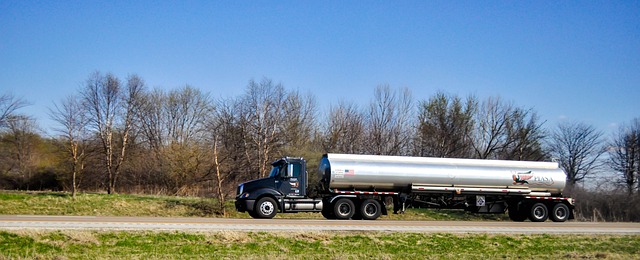
A comprehensive dome clamp training simulator kit is an invaluable tool for fire departments preparing their personnel for real-world hazardous materials (hazmat) scenarios. Key components include a durable and realistic lid tight dome clamp prop, designed to mimic the look and feel of actual emergency valve domes found in industrial settings. This prop serves as the focal point, allowing firefighters to practice precise clamping techniques essential for containing and controlling hazardous substances.
Accompanying the dome clamp prop is the MC306 clamp training unit, a specialized device that provides hands-on experience with different clamping pressures and resistance levels. This unit enables trainees to develop their muscle memory and understand the dynamics of tightening clamps securely without causing damage. Additionally, some kits incorporate a hazmat dome simulation prop to create a multi-faceted training environment, further enhancing the realism and effectiveness of the exercise.
Benefits of Using a MC306 Clamp Training Unit
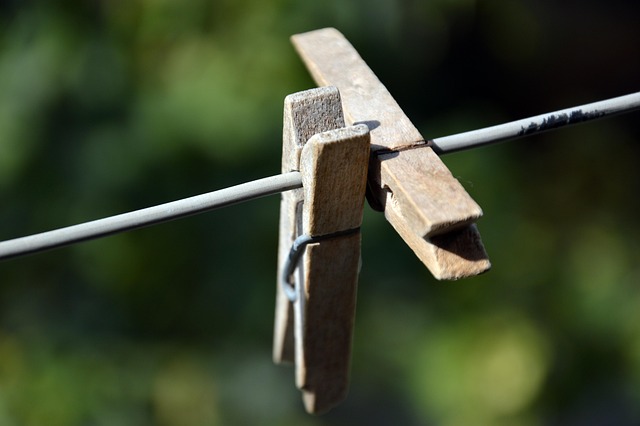
Firefighters often face complex and high-pressure situations when dealing with hazardous materials incidents, and proper training is essential to ensure their safety and effectiveness. The MC306 Clamp Training Unit offers a realistic and immersive solution for firefighters to hone their skills in managing emergency valve dome props, also known as lid tight dome clamps. This innovative device simulates the challenging conditions of hazmat dome simulation props, allowing trainees to practice opening and closing procedures without risking real-world hazards.
By using the MC306 Clamp Training Unit, firefighters can improve their dexterity and precision when operating these critical components. The unit’s design replicates the physical demands and mental focus required during an actual incident, making it an invaluable tool for preparing first responders. With this simulator, departments can ensure their personnel are well-prepared to handle dome clamp operations, potentially saving lives and minimizing risks in real emergency scenarios involving hazardous materials.
Incorporating Hazmat Dome Simulation Props in Training
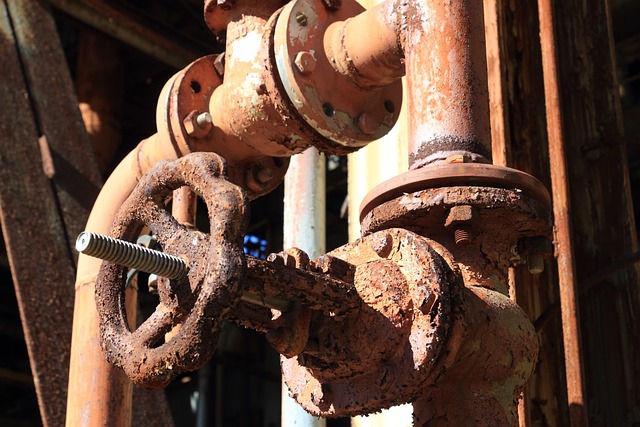
Incorporating Hazmat Dome Simulation Props in Training has become an invaluable asset for fire departments worldwide. These realistic lid tight dome clamp props, such as the MC306 Clamp Training Unit, offer a safe and controlled environment to hone critical skills. Firefighters can practice opening and closing emergency valves, managing hazardous materials, and coordinating with team members without risking personal safety or encountering real-world challenges.
The hazmat dome simulation prop serves as a versatile tool, mimicking various scenarios including chemical, biological, and radiological incidents. The firefighter dome clamp simulator, often featuring an emergency valve dome prop, allows for hands-on experience in securing and controlling leaking containers, a crucial skill set in hazardous material response. This immersive training enhances preparedness, ensuring firefighters are equipped to handle diverse emergencies with confidence and efficiency.
How to Set Up an Effective Firefighter Dome Clamp Simulator

Setting up a firefighter dome clamp simulator involves careful preparation to ensure realistic and effective training. Begin by assembling the MC306 clamp training unit, following the manufacturer’s guidelines. This typically includes securing the main structure, attaching the hazmat dome simulation prop (often a flexible, durable material that mimics real-world hazardous materials containers), and positioning it stably on a sturdy base. The lid tight dome clamp prop should be fitted snugly over the dome to simulate the tension firefighters encounter during actual clamp operations.
Next, integrate an emergency valve dome prop if applicable, which allows trainees to practice rapid response scenarios by mimicking the opening and closing of valves. Ensure all components are securely fastened and aligned properly for realistic interactions. The simulator should be placed in a training area that provides enough space for firefighters to move around and perform tasks without obstruction. Additionally, consider incorporating safety measures like eye protection and proper clothing to enhance realism and participant safety during dome clamp training sessions.
Real-World Applications and Success Stories
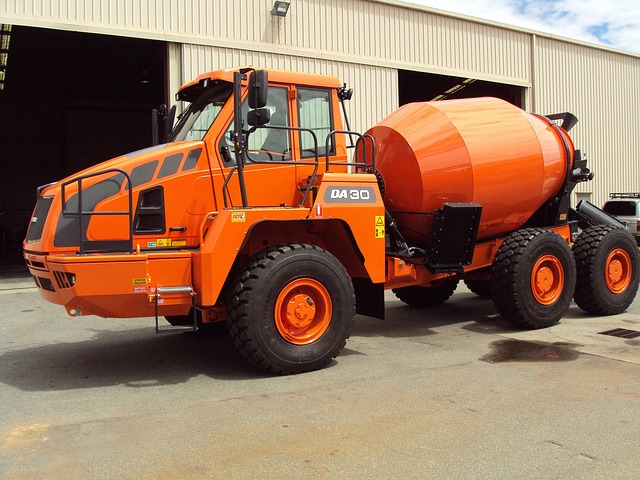
Firefighters often face complex and high-pressure situations, making realistic training essential to ensure their safety and preparedness. The MC306 clamp training unit and similar fire department clamp simulator training kits offer invaluable tools for mastering crucial skills in hazardous materials (Hazmat) scenarios. These innovative devices mimic real-world challenges, such as securing lid tight dome clamps on emergency valve dome props, providing a safe and controlled environment to practice complex procedures.
Success stories abound, with fire departments across the globe attributing improved response times and reduced risks to consistent training using these simulators. For instance, firefighters in urban areas have honed their abilities in navigating labyrinthine hazmat sites, thanks to dome clamp training simulators, leading to more effective containment and decontamination processes. These tools not only enhance individual proficiency but also foster a culture of safety and coordination within fire teams.
